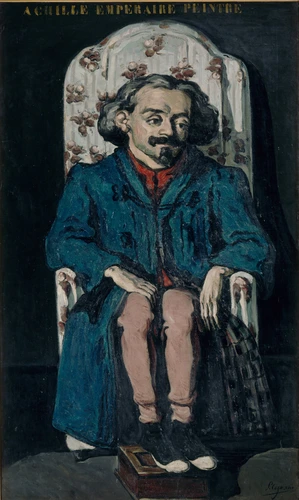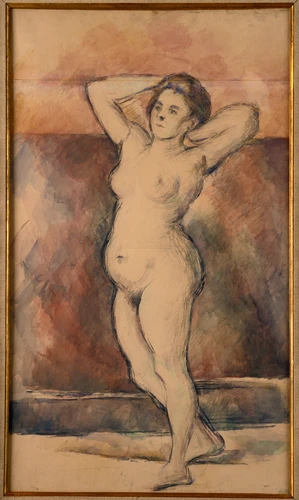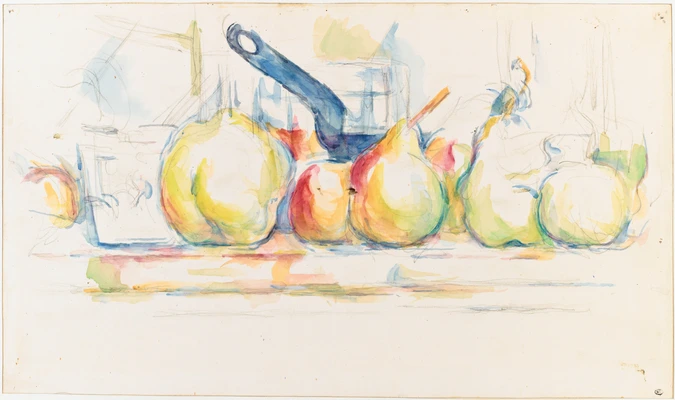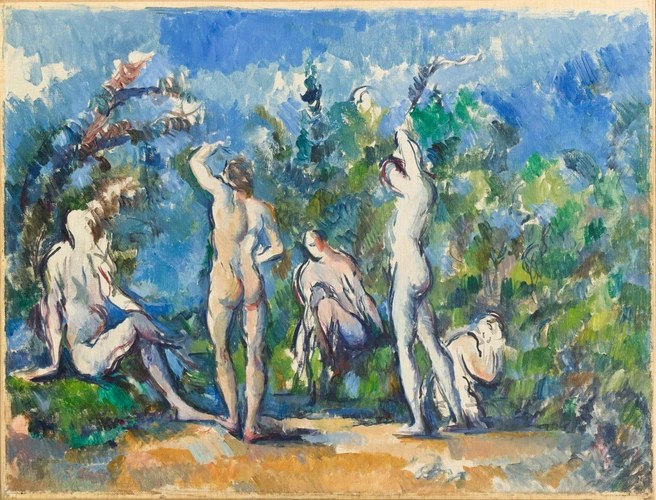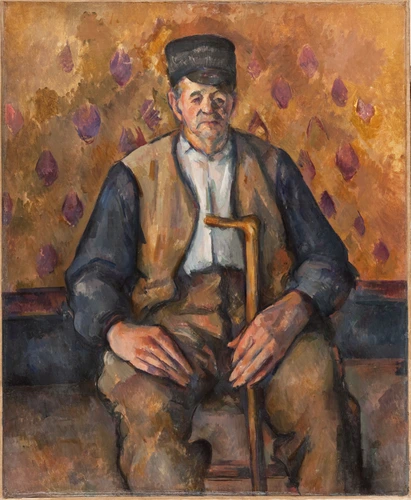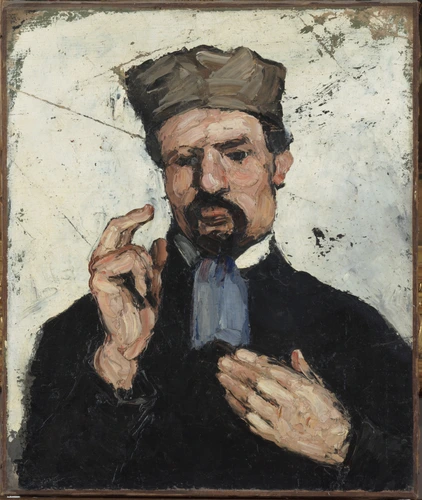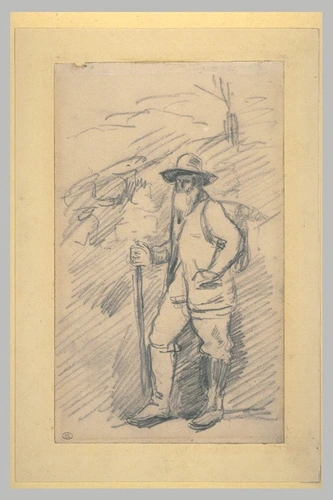-
Exposition des Sociétés d'Art françaises
-
Palacio de Bellas Artes
-
Espagne,
Barcelone, 1917, n°1395
-
Art français
-
musée d'Art et d'Histoire
-
Suisse,
Genève, 1918, n°8
-
Paul Cézanne
-
Kunsthalle Basel
-
1936
-
Hommage à Cézanne
-
musée de l'Orangerie
-
France,
Paris, 1954
-
Van Gogh et les peintres d'Auvers-sur-Oise
-
musée de l'Orangerie
-
France,
Paris, 1954-1955
-
Exposition Universelle : Expo 70
-
organisme inconnu
-
Japon,
Osaka, 1970
-
Cézanne dans les musées nationaux
-
musée de l'Orangerie
-
1974
-
Delacroix et les peintres de la nature
-
musée national Eugène-Delacroix
-
France,
Paris, 1975
-
Théorie et pratique du paysage de Corot à Bonnard
-
palais de Tokyo - musée d'Art et d'Essai
-
France,
Paris, 1979
-
L'Impressionnisme et le paysage français
-
Los Angeles County Museum of Art
-
Etats-Unis,
Los Angeles, 1984
-
A Day in the Country: Impressionism and the French Landscape
-
The Art Institute of Chicago
-
Etats-Unis,
Chicago, 1984-1985, cat. n°70, p.194, repr. p.195
-
L'Impressionnisme et le paysage français
-
Galeries nationales du Grand Palais
-
France,
Paris, 1985
-
Da Van Gogh a Bacon. Roberto Tassi e i pittori.Ottocento e Novecento in Europa
-
Casa dei Carraresi
-
Italie,
Trévise, 1998
-
Masterpieces - The Origins of Modern Art in France - 1880-1939
-
Hong Kong Museum of Art
-
Chine,
Hong Kong, 1999
-
Mesterm & utilde ; vek - 400 év francia festészete
-
Műcsarnok
-
Hongrie,
Budapest, 2004-2005, p.246
-
Ombres et lumières. Quatre siècles de peinture française
-
Zamek Krolewski
-
Pologne,
Varsovie, 2005, p.246
-
Umbre si lumini. Patru secole de pictura franceza
-
Muzeul Național de Artă
-
Roumanie,
Bucarest, 2005, p.246
-
Van Gogh, los ultimos paisajes. Auvers-sur-Oise, 20 de mayo - 29 de julio 1890
-
Museo Thyssen-Bornemisza
-
Espagne,
Madrid, 2007, n° 3
-
Cézanne and the past
-
musée des Beaux-Arts
-
Hongrie,
Budapest, 2012-2013
-
Die Erschütterung der Sinne, A shock to the senses : Constable, Delacroix, Friedrich, Goya
-
Galerie Neue Meister - Albertinum
-
Allemagne,
Dresde, 2013, p. 95 et 185
-
Musée d'Orsay. Capolavori
-
Complesso del Vittoriano
-
Italie,
Rome, 2014, n° 16
-
Années croisées France / Corée. Les mondes esthétiques au XIXème
-
Seoul Art center
-
Corée, République de,
Séoul, 2016-2017
-
Années croisées France / Corée. Les mondes esthétiques du XIXe siècle
-
National Palace Museum
-
Taïwan, Province de Chine,
Taipei, 2017
-
Colours of Impressionism: Masterpieces from the Musée d’Orsay
-
National Gallery Singapore
-
Singapour,
Singapour, 2017-2018
-
Colours of Impressionism: Masterpieces from the Musée d’Orsay
-
Art Gallery of South Australia
-
Australie,
Adelaïde, 2018
-
Les Couleurs de l'impressionnisme : chefs-d'œuvres des collections du musée d'Orsay
-
musée Mohammed VI d'art moderne et contemporain
-
Maroc,
Rabat, 2019

